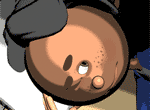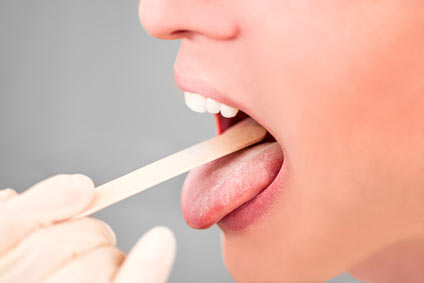Parasomnia Disorder
Strange Behaviors During Sleep in Children and Adults

I've had in college a friend who had parasomnia. Once I saw him how he woke up from sleep and went to the balcony. I didn't know what he wanted to do, so I shouted at him.
Nothing was happened. He entered the balcony and put a hand on the balustrade. I realized that he could have sleepwalking, and I jumped to catch him.
As soon as I touched him, he returned to his bed, without saying anything. The next day, my colleague didn't know what he did last night. People who experience parasomnias usually do not remember them.
What is Parasomnia?
Parasomnia disorder is a general term that contains a group of disorders that occur in semi-awake states.
- para - refers to "faulty"
- somnia - comes from the latin word "somnus" for sleep
There are four categories of parasomnias, determined by the time when they occur in the sleep cycle:
- arousal disorders, such as: night terrors, sleepwalking,
- sleep-wake transition disorders: sleep talking, rhythmic movement disorders,
- REM sleep disorders, such as: nightmares,
- other sleep disorders, for example: enuresis, or bed-wetting.
Although parasomnia disorder is a temporary disorder in many cases, some persons have serious problems.
 What is Parasomnia?
What is Parasomnia?
Parasomnias disorders
Sleepwalking
Many young children sleepwalk, but these episodes become less frequent in late adolescence.
A few children will continue to walk in sleep into the adult years when this may be a more serious problem as they may hurt themselves or become aggressive against others.
Often, sleepwalking occurs without warning. A sleeper will rise, jump up, or even bolt from the bed and run. These may be very scary for the bed partner. They may move furniture, get dressed, or even climb out a window.
If you see a sleepwalker, like your roommate or your bed-partner, you can guide him gently back to bed with an encouraging voice or gesture. If he may hurt himself, try waking him up in a gentle fashion.
The best rule to avoid this disorder, and the most important guideline for avoiding episodes in those at risk, is good sleep hygiene rule.
Night Terrors
Night terrors, also known as sleep terrors, occurs when someone suddenly cries out or scream and shows signs of fear during sleep.
Typically, within 90 minutes after sleep onset, the person screams loudly and sits up in bed bearing a panic expression. It's not a good idea to wake up the individual during an episode. It will only intensify it.
The sleeper usually cannot remember the experience the next morning.
Sleep Talking
Sleep talking is a common sleep disorder in children. A child may talk, laugh or cry out during sleep and typically won't remember it the next day.
There are some risk factors that may influence sleep talking, such as: stress, fever, sleep terrors, and sleep apnea.
Rhythmic movement disorder
A rhythmic movement disorder is a common condition that rarely receives much attention. This disorder is sometimes referred to movements of the head, trunk and extremities, and generally appears on falling asleep.
Two-thirds of infants at 9 months of age have some form of a rhythmic activity. The prevalence is also higher among children with autism or psychomotor retardation.
Treatment should include sleep hygiene instructions and attempts to restrict sleep.
Enuresis
Enuresis or bed wetting is a common problem in children, mostly at 5-6 years boys. In women the disorder is less common.
The term enuresis refers to patients who have the need to urinate during the night, in sleep.
Most cases often result from inadequate or inappropriate toilet training. But there more factors, such as:
- urinary infection
- chronic constipation
- diseases associated with diabetes
- seizure activity
- sleep apnea
- genetics factors
The therapy for children with nocturnal enuresis should begin with appropriate education and sleep hygiene:
- treat primary cause if found (infection, or something else)
- avoid drinking after dinner
- always void before retiring to bed
- the child should launder his or her soiled bed sheets and clothes
- children should be rewarded for dry nights, and punishment or humiliation should be avoided.
Confusional arousals
Confusional arousals, or sleep drunkenness, correspond to a mental confusion occurring upon wakening, be it at night or in themorning. Physiologically speaking, cerebral reactivation to external stimuli is altered in the transitional period from NREM sleep to wakefulness.
The sleeper appears awake but behaviormay be very inappropriate, marked by memory defcits, disorientation in time and space and slow mentation and speech. An episode can be triggered by a forced awakening. Complex behaviorsmay occur, resulting in potentially dangerous situations for the sleeper and others.
In conclusion, these sleep disorders are quite varied, ranging from simple movements to very complex behaviors, like sleepwalking. Fortunately, most parasomnias occur during childhood and do not require treatment.
Perhaps you'd like seeing these pages:
- Why do you have Excessive Sleepiness
- The link between Fibromyalgia Symptoms and Sleep Disorders
- The genioglossus muscle - one of the main causes of obstructive apnea







